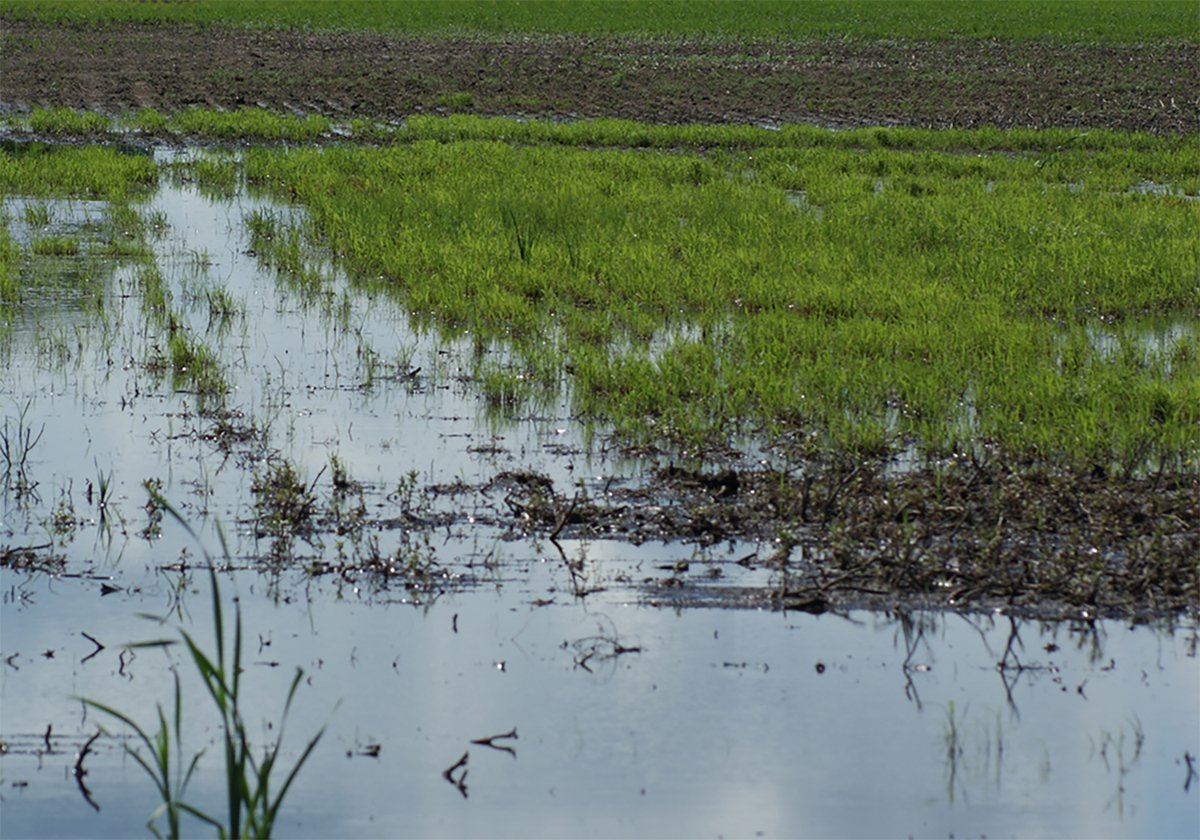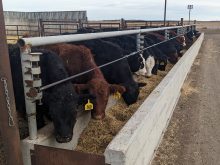ONTARIO pig farmers this winter seem to be giving new meaning to the old clichŽ: if we don’t hang together, we’ll hang separately.
Low hog prices and massive losses have led most of the province’s 6,000 producers to rally around Ontario Pork and its single desk marketing power.
In March at the annual meeting of Ontario Pork, delegates were supposed to debate marketing options, including a consultant’s suggestion that one option is to replace the single desk monopoly with a system of multiple marketing options, a form of voluntary board.
Read Also

Topsy-turvy precipitation this year challenges crop predictions
Rainfall can vary dramatically over a short distance. Precipitation maps can’t catch all the deviations, but they do provide a broad perspective.
Now, that debate has been put off in the face of market prices below the cost of production. Farmers are urging Ontario Pork to take the options debate off the March meeting agenda while continuing the fight for better prices, more market clout and government help.
In the words of the Ontario agricultural magazine Farm and Country, “Support is breaking out all over for its single-desk system.”
This flies in the face of what has been happening in Ontario and elsewhere.
For years, the hog board monopoly has been under attack by dissidents who wanted more options.
It is, Ontario Pork official Keith Robbins said last week, “the wind that blew in from the Prairies” where hog board monopolies have been ended by governments.
It also is the wind which has led to a majority of Ontario Wheat Bord delegates to vote for a voluntary board, even if the provincial government so far has blocked the move. Canadian Wheat Board critics say it is a breeze being felt inside that monopoly exporter.
It was blowing through the hog industry as well, fortifying efforts of those who thought they could negotiate a better price or better marketing arrangements on their own, outside the central board.
Yet this crisis has moved Ontario pig farmers in the opposite direction.
Winter prices were a shock. While the Ontario government calculated the average cost-of-production at $141.94 per hundred kilograms in late December, farmers were receiving $36.68 during the Christmas week.
Things are looking up. Futures contracts are higher and last week, the average price climbed to $102.15. Still, it means debts continue to pile up, if only at a slower pace.
“Our constituents have told us to continue to work for them through this crisis,” said Robbins.
Ontario Pork has been promoting a government-backed loan program to help producers keep their debtors at bay. It has been part of the farm coalition lobbying for a national farm aid package.
And it has been a vocal critic of the rules for the national farm program, arguing that it will help just a minority of farmers because of income averaging and the expectation that declining inventory values will not be covered.
Robbins says he expects the debate about the marketing monopoly will come back, once the income crisis is over.
But for the moment, Ontario hog producers have decided there was wisdom in the air half a century ago when their grandfathers created the pork board.
When times are tough and the integrators are looking for new “partners” willing to give up their status as independent farm operators, there is strength in numbers.














